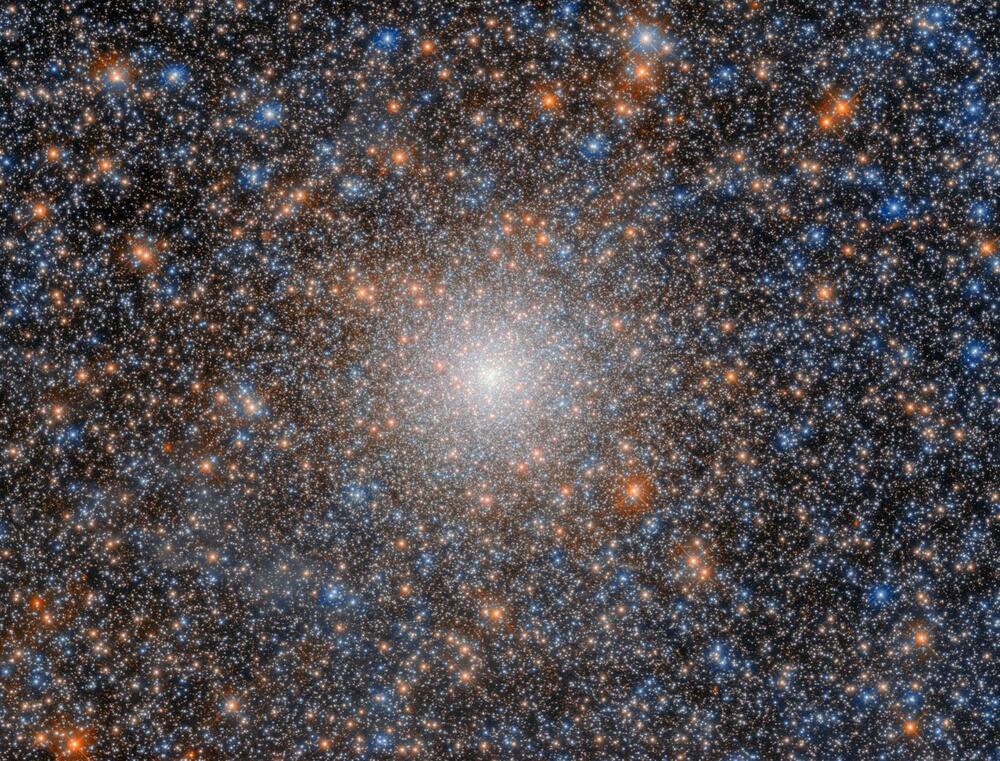NGC 2005, a globular cluster in the Large Magellanic Cloud, serves as a crucial piece of evidence supporting the theory of galaxies evolving through mergers.
This mesmerizing image from the Hubble Space Telescope features the globular cluster NGC 2005. While it is not unusual in and of itself, it is a peculiarity in relation to its surroundings.
NGC 2005 is located about 750 light-years from the heart of the Large Magellanic Cloud (LMC), which is the Milky Way ’s largest satellite galaxy and which itself lies about 162,000 light-years from Earth. Globular clusters are densely packed clusters that can constitute tens of thousands or millions of stars. Their density means that they are tightly gravitationally bound and are therefore very stable. This stability contributes to their longevity: globular clusters can be billions of years old, and as such often comprise very old stars.










Leave a reply